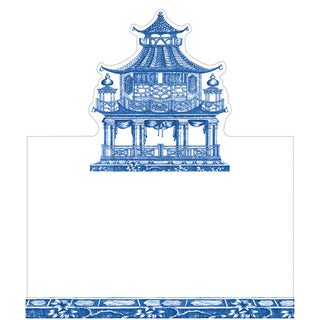Description
Caspari Palette Collection place cards feature an assortment of beautiful designs and colors that coordinate with our napkins, plates, and tabletop décor. A classic folded place card adds the final touch to each place setting on a beautifully set table. They are perfect for creating name cards for guests' seats or for labeling appetizers and entrees on the buffet or table. Each card is printed on quality cardstock paper in the USA as part of our Gallery Collection.
Description
Caspari Palette Collection place cards feature an assortment of beautiful designs and colors that coordinate with our napkins, plates, and tabletop décor. A classic folded place card adds the final touch to each place setting on a beautifully set table. They are perfect for creating name cards for guests' seats or for labeling appetizers and entrees on the buffet or table. Each card is printed on quality cardstock paper in the USA as part of our Gallery Collection.


